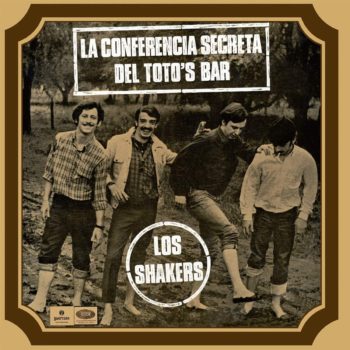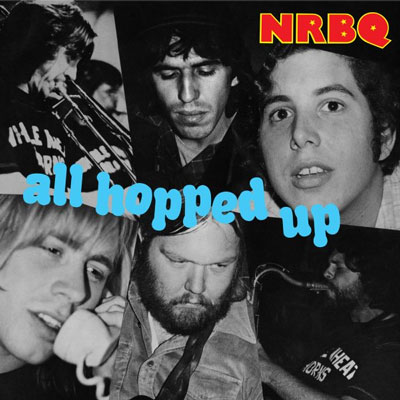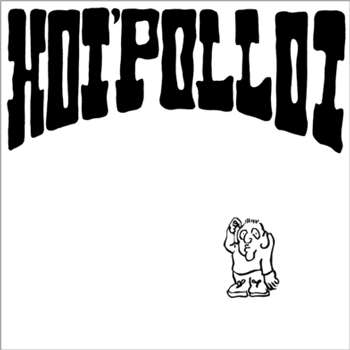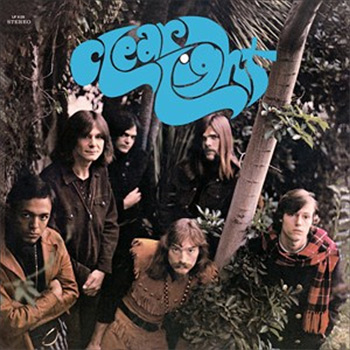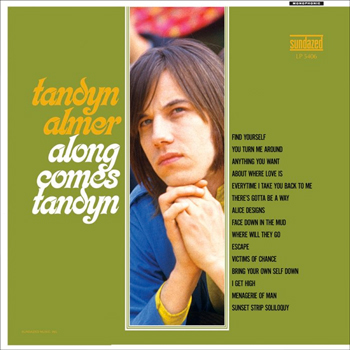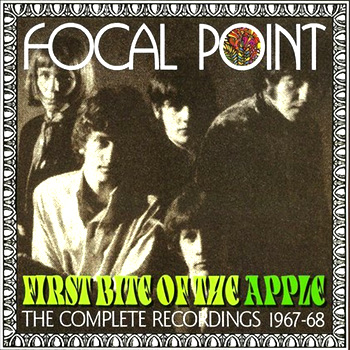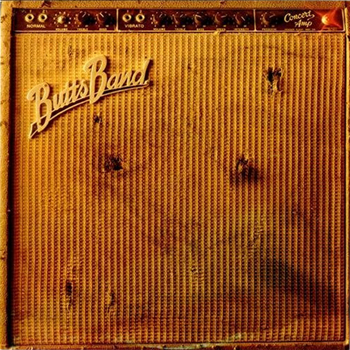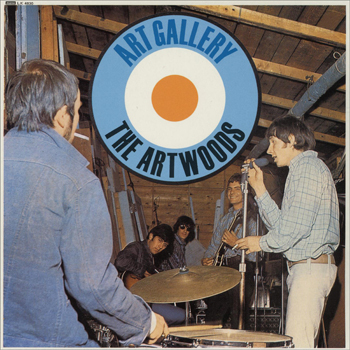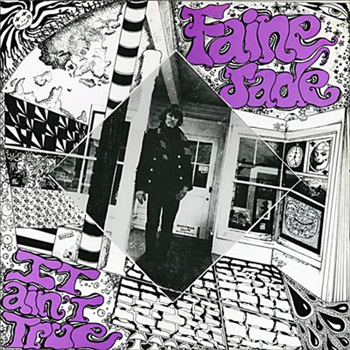Green “Green”
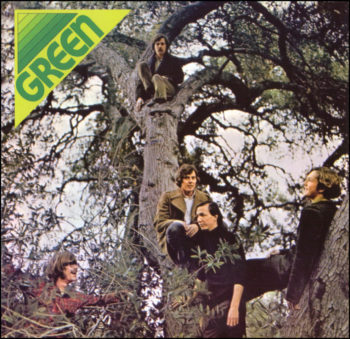
There weren’t many psych pop albums coming out of Texas in the late 60s but Green is probably the best of them. Atco released this album in 1969 but somehow it was lost in the shuffle. Typically, psychedelic bands from Texas favored either folk based sounds or heavier acid/stoner rock. For this reason, Green stands out amongst the pack as something different. Green is also a unique album because the group seamlessly integrated horns into a sound that is both consistent and vintage. Not much is known about this group other than that they came out of North Texas State University in Denton. Also, they released a second, inferior album in 1971 titled To Help Somebody.
A very good album, Green has a notable English influence. Some songs such as the powerful opener “To Be” or the psych pop of “Where Have I Been” strongly recall the The Who Sell Out. “Where Have I Been” features a nice, metallic raga guitar solo towards the end of the song. The album also showcases a cool lo fi sound as heard on “Green” which is perhaps the heaviest song here. This track is highlighted by lots of loud guitar distortion and an adventurous horn arrangement. It’s an excellent, powerful cut. Other songs have a distinct Buffalo Springfield influence as heard on the beguiling folk rockers “Don’t” and “Sunrise 7.” The arrangements on these songs are sharp and take some interesting left hand turns that will no doubt please the listener.
The music on Green is intelligent, well-thought-out 60s rock with smart pop hooks. Originals are somewhat rare and a good, clean copy may set you back $50 or more but Green is a very fine album that’s certainly well worth a spin.
Sunrise 7:
Green:
Don’t:
![]() LP | 1969 | ATCO | discogs ]
LP | 1969 | ATCO | discogs ]
